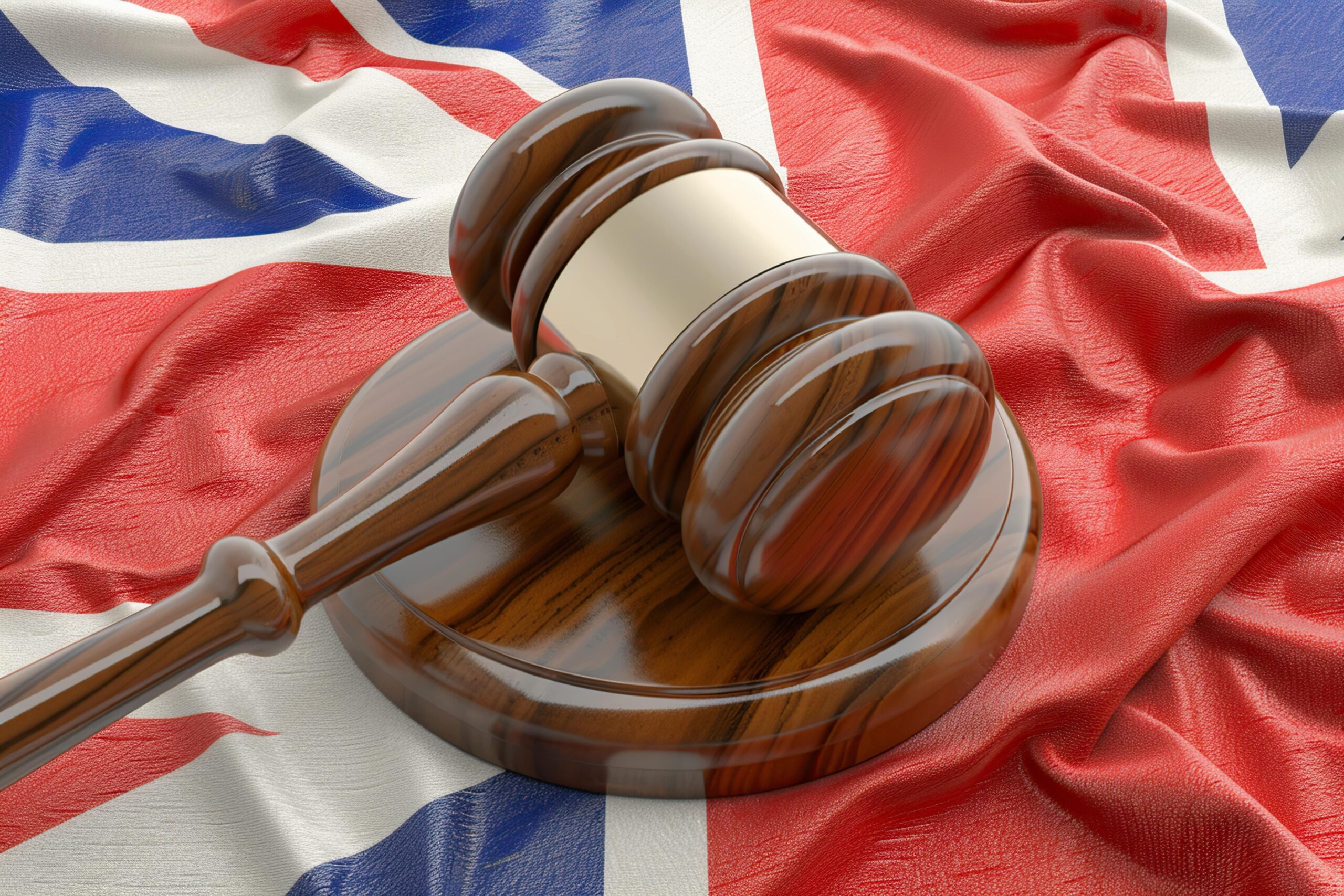Nel recente articolo pubblicato sulla rivista European Intellectual Property Review (EIPR), edita da Thompson Reuters, Agata Sobol affronta il tema delle limitazioni delle rivendicazioni nella giurisprudenza della Corte di Cassazione italiana. La normativa di riferimento è stata introdotta anni fa, ma ancora oggi si discute su quando tali richieste debbano essere depositate e quante volte possano essere proposte dopo che la precedente richiesta di limitazione sia stata ritenuta inammissibile o sia stata considerata invalida. Ciò potrebbe comportare ritardi a volte significativi. Per anni i tribunali hanno cercato di impedire tali conseguenze sviluppando argomenti volti a giustificare il rifiuto delle richieste di limitazione in determinate circostanze.
“This material was first published by Thomson Reuters, trading as Sweet & Maxwell, 5 Canada Square, Canary Wharf, London, E14 5AQ, in European Intellectual Property Review, issue 8/2024 and is reproduced by agreement with the publishers. For further details, please see the publishers’ website.”
Italian Supreme Court on Claim Limitation: How Many Times Can You Try and Can the Judge Prevent You from Trying More?
Biolitec Italia S.r.l. v Eufoton S.r.l. and Alma Lasers Italia S.r.l., Supreme Court, judgment issued on December 11, 2023.
Abstract
In this judgment the Italian Supreme Court gives guidance on the particularly discussed issue of claim limitation requests filed during the court litigation by the patent holder. The applicable provision gives no time limits for filing such requests nor limits the number of times the patent holder can file further claim limitation request after the previous were held inadmissible or were considered invalid. This could lead to sometimes significant delays and for years the lower courts tried to prevent this by developing arguments to justify the refusal of claim limitation requests in certain circumstances. The judgment of the Supreme Court explains in which cases such requests can be rejected without violating the defence rights of the patent owner and the principle of the fair trial.
Continua a leggere


